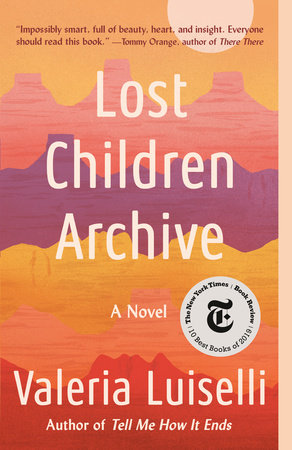When Ernest left, Claude walked as far as the Yoeders' place with him, and came back across the snow-drifted fields, under the frosty brilliance of the winter stars. As he looked up at them, he felt more than ever that they must have something to do with the fate of nations, and with the incomprehensible things that were happening in the world. In the ordered universe there must be some mind that read the riddle of this one unhappy planet, that knew what was forming in the dark eclipse of this hour. A question hung in the air; over all this quiet land about him, over him, over his mother, even. He was afraid for his country, as he had been that night on the State House steps in Denver, when this war had been undreamed of, hidden in the womb of time.
Claude Wheeler is a desperate man. He takes over his father's Nebraska farm, but day-to-day existence seems intolerable to him. He's an idealist, but no ideal seems worth his devotion; he wants badly to admire someone, but the grand scope of the Nebraska plains no longer seems to admit any real greatness. He thinks momentarily that he has found a purpose in life by marrying his sweetheart Enid, but her kind of idealism doesn't match his own. She leaves him at home while she goes to temperance marches; eventually, after several bitter disputes, she leaves him to go take care of her missionary sister in China, an environment for which she has been training all her life. Only when the United States enters World War I does Claude find a stage commensurate with the moral and aesthetic greatness he desires, and he becomes a lieutenant on the French front.
This is the, what--fifth?--book of Cather's I've read. For the first time I think I'm coming to understand that Cather is a deeply conservative writer, perhaps the greatest conservative writer that the United States has ever produced. In The Death of the Archbishop, it's the bolstering of the national mythmaking of the frontier--for example, the whitewashing of an anti-indigenous marauder like Kit Carson. In A Lost Lady, it's the inherently conservative sense of a despoiled golden age, and the diminished state of modern life. Those elements are here, too, but alongside the glorification of war as a way of self-actualization:
The sound of the guns had from the first been pleasant to him, had given him a feeling of confidence and safety; tonight he knew why. What they said was, that men could still die for an idea; and would burn all they had made to keep their dreams. He knew the future of the world was safe; the careful planners would never be able to put it into a strait-jacket,--cunning and prudence would never have it to themselves.
It's almost stunning to read the phrase "men could still die for an idea" and realize it's meant to be a good thing! I suspect that World War II supplanted World War I in our public memory, and allowed the notion that World War I was largely a bloody and pointless waste to find purchase. But of course Cather is writing in 1922, well before World War II and when World War I was simply known as "The Great War," and so the scale of the war becomes a magnet for those conservative ideals. Claude, living after the age of the great frontier, inherits a West full of bankers and clerks; the European front becomes for him a new frontier, on which he can becomes his best self, a leader of men and a self-sacrificer. When--spoiler alert--Claude is killed in the trenches at the novel's end, while leading his men in a desperate and doomed hold on an important position, we are asked to read it not as a waste of a life that might have blossomed in other ways, but as the proper culmination of a life that has finally found a reason for being.
All this is to say: the ethics of this book are kind of fucked up? And maybe the ethics all of Cather's books? But she's such a great writer that it's easy to forget all of that, and the prose so pointedly blonde that when she turns out one of her evocative phrases ("this war had been undreamed of, hidden in the womb of time") it's enough to take your breath away. One of Ours proves that Cather is as good at describing the French countryside as she is the Nebraska plains. One of the most subtly powerful moments comes when the Nebraska soldiers, riding in a train across the north of France, spot the familiar cottonwoods that dot the riversides of their farmland homes, which allows them both to see a new value in those things they have taken for granted, and to cement a kind of kinship with the foreign world they have been enlisted, like a noble dream, to protect.











